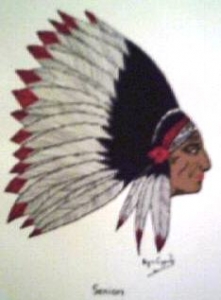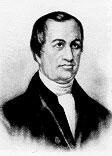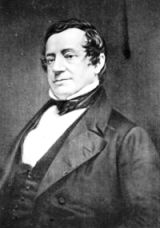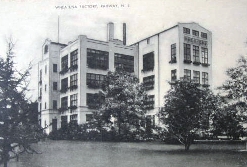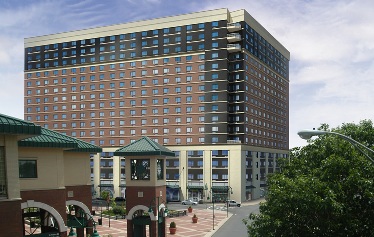Rahway Public Library
In 1797, the first library was established in the area now known as Rahway. The Bridgetown Library Company, or the Rahway Union Library, served as a private subscription library for those who could pay the entrance fee until about the mid-1830s.
In the late 1840's, a group of men collected 140 volumes for their own purposes. After several years, they turned the incipient library over to their wives, who founded the Rahway Library Association. Under the leadership of First Directress Catherine Craig Squier, the library opened to dues paying members in a schoolroom on Oliver Street on June 15, 1858.
Six years later, the library was enough of a success that the husbands of the women who ran the library were asked to file an incorporation petition with the state legislature. The Rahway Library Association was incorporated on June 15, 1864, and the shares immediately sold by the husbands to their wives (who were not legally allowed to incorporate, but could own). Mrs. Squire continued as First Directress, serving for forty-nine years until her death in 1913.
A library to house the growing collection was built in 1869 at the intersection of Irving and Seminary. The building, still standing today, is the second oldest building in the state specifically built as a library, and predates by over twenty years the well known Carnegie libraries. An addition was built in 1891.
Beginning in the 1870's, the library began receiving donations and bequests, the origins of today's library endowment. Income from the various bequests was for the purchase of books and keeping the library open extra hours. Today, plaques noting the origins and purposes of the different funds can be found at the ends of the book stacks.
From 1890 to 1902, the librarian (precursor of today's library director) was Carolyn Wells. Miss Wells, a Rahway native, began writing for children's magazines while working at the library, and became so successful that she resigned in order to pursue her literary career. When Carolyn Wells died in 1943, she had written over 160 books, and countless poems and articles.
In 1907, a department just for children was added to the library services, and eleven years later the library was opened to all residents of Rahway, not just subscribers. With the Depression, finances became precarious and donations were insufficient, so city funds were needed to keep the library running from 1931 on. At the general election of 1940, the people of Rahway voted to municipalize the library, and early in 1943, the trustees of the Rahway Library Association turned over its assets to the Trustees of the Free Public Library of the City of Rahway, today City funding accounts for 95% of the total budget of the library.
The library continued to grow, and by 1959, the Children's Department had to be moved out of the library and into the basement of City Hall. Within a few years, the library had its busiest year ever -- almost 140,000 items were checked out between the two sites in 1962.
In response to the crying need for more space and more modern facilities, a new building was constructed on the corner of Central and St. Georges Avenues. It opened to the public in 1967. In July 1997 the process of implementation of library automation was begun. On October 19, 1997 the Library turned on its computers and invited the residents of Rahway to this gala event. Also unveiled at this time was the Library's website.
Since 1858, the library in Rahway has grown from 140 books and a volunteer in one room to over 98,000 items and a staff of 24 in an 18,000 square foot building! Children's programs continue to be very popular and its innovative Teen Summer Reading Program was recognized in 1997 by the American Library Association as one of the fifty best activities for teens in this country.
In September 1999, the Library was struck by a tropical storm which rendered its building unusable, and it was eventually demolished in October 2000.
Construction was begun late in 2001on a new 32,000 sq. ft. state-of-the-art facility adjacent to the City Recreation Center at City Hall Plaza in downtown Rahway. The new library is part of a public/private multi-purpose building, expected to generate significant tax revenues from 40,000 sq. ft. of office space on the top two floors.
A ribbon cutting was held on March 20, and the library opened for service on March 22, 2004.
